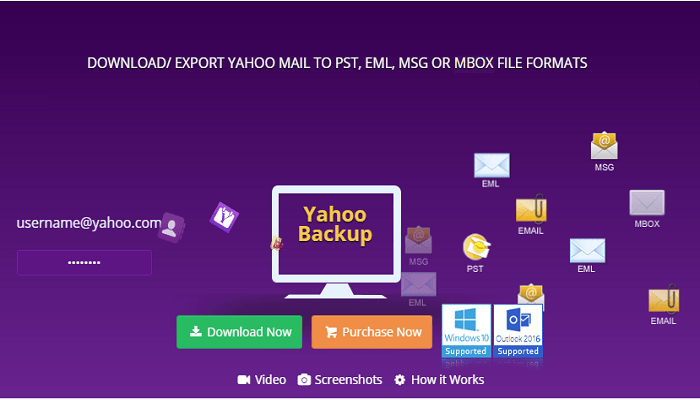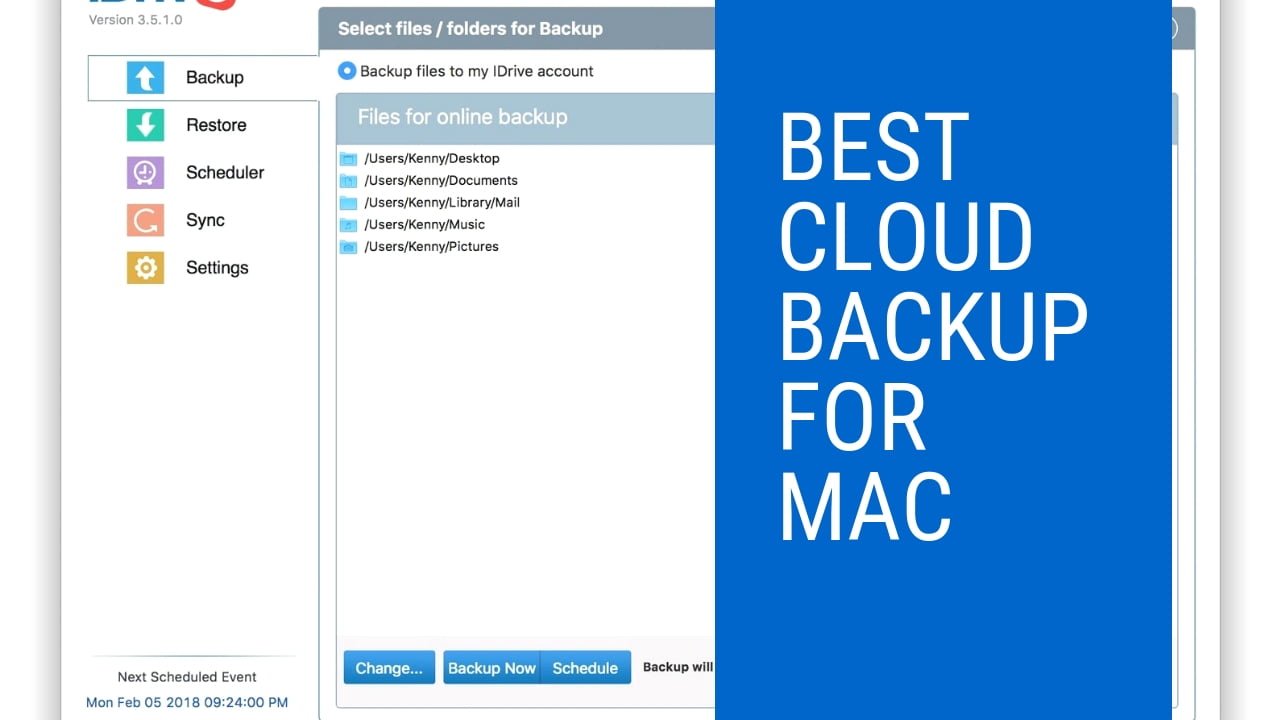

- #Best email backup for mac how to
- #Best email backup for mac for mac
- #Best email backup for mac mac os x
- #Best email backup for mac mac
But you also want to keep the option to access those mails easily in the future.(To get to it, press ⇧⌘G in Finder and type/paste in ~/Library/LaunchAgents.) Simply trash the ~/Library/LaunchAgents/-emails file you made before. This step isn't strictly required, but it'll load it without having to log out and back in: launchctl load ~/Library/LaunchAgents/ Save this file as ~/Library/LaunchAgents/ (replacing the -emails with whatever you used in the Label key above). (You can run man ist in a terminal to learn more about what you can do with these plist files.) (This includes the comment markers themselves, of course.) Replace yourname with your name (if you want to), and username with your username (the name of your home folder this is required). Users/username/tmp/backup-emails-stderr.logĮverything between is a comment and can be left out. Next, fire up TextEdit (or another plain-text editor of your choice) and paste in the following: You can run the file you just made instead of typing the rsync command when you want to back up manually. This will make the file "executable" - the system will be able to run it as a program. Then open a terminal, type chmod +x and a space, and drag in the file you just created. Rsync -rlptgDEHP ~/Library/Mail /Volumes/"Some External Drive"/"Mail Backups" # this is the rsync command from the section above # (except for the #! line above) you can leave them out # lines starting with '#' are a comment and have no effect So how do you do this? You'll need to put this into a plain-text file somewhere, like ~/bin/backup-emails: #!/bin/zsh To tell it what to run when, you use a plist file (short for "property list").
#Best email backup for mac mac
There's a program called launchd that, in addition to running basically the entire system (it's the Mac equivalent of init), can run other programs at specified times. (The quotes are required if you have spaces in the folder/drive name.) This will copy the folder to a folder called "Mail Backups" on your external drive. To do one backup, run this command in the Terminal: rsync -rlptgDEHP ~/Library/Mail /Volumes/"Some External Drive"/"Mail Backups" Unlike a Finder copy (as far as I know), rsync is smart enough to only copy the changes next time you back it up. To back them up, you can just copy (not move!) this folder to an external drive. Your emails are stored here (assuming you're using the built-in Mail.app):
#Best email backup for mac how to
I don't know how to do this with Time Machine (although it's probably possible), but it's relatively easy to do with a tool called rsync. (It'll include all your emails that aren't on the server.) After the first backup it only saves what changed, so if you don't change anything outside of mail, it won't have to spend time re-backing it all up.


Have a look: n-mac.htmlįirst of all, I would highly suggest backing up your entire Mac with Time Machine. There is one that is specifically for emails only and backs up all the email clients on Mac.
#Best email backup for mac for mac
Select Go | Home from the menu to go home.Īlso there are multiple application available online for mac database backup as mentioned by Eric in the above post.
#Best email backup for mac mac os x
To locate the folder where Mac OS X Mail 1-4 stores mail: POP accounts start with POP-, IMAP accounts with IMAP-.įind and Open the Folder Where Mac OS X Mail 1-4 Store Mail Mac OS X Mail stores the mailboxes in sub-folders to the Mail directory, one sub-folder per account. You can have Finder auto-complete the folder names by pressing Tab.

To open the folder where Mac OS X Mail keeps your messages: emlx files.įind and Open the Folder Where Mac OS X Mail 5–8 Store Mail Open and explore these folders to discover (and open or copy) the emails saved as. mbox folders, one per OS X Mail email folder. IMAP accounts' mailboxes are in sub-folder that have IMAP- in their name. POP email accounts can be found in sub-folders with POP- in their name. Local mailboxes are in the Mailboxes sub-folder. You can find your folders and messages in sub-folders to the V3 folder: To go to the folder that holds your OS X Mail messages: As you haven't mentioned which version of Apple Mail you are using so here is how you can find your Mail Database Folder:įind and Open the Folder Where OS X Mail Stores Mail You can work out with Time Machine to exclude all the other folders except your Apple Mail Database Folder and Your Outlook 2016 mac database folders.


 0 kommentar(er)
0 kommentar(er)
